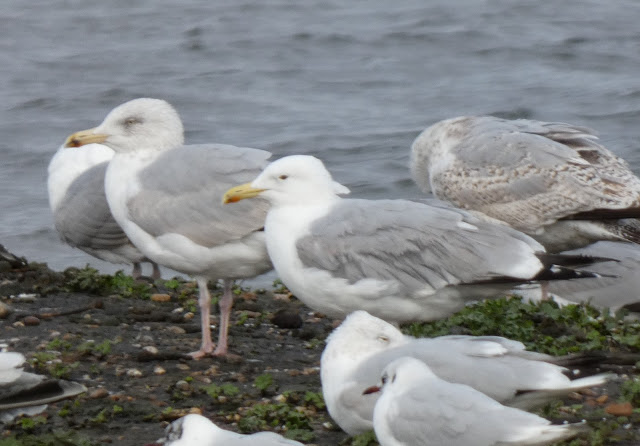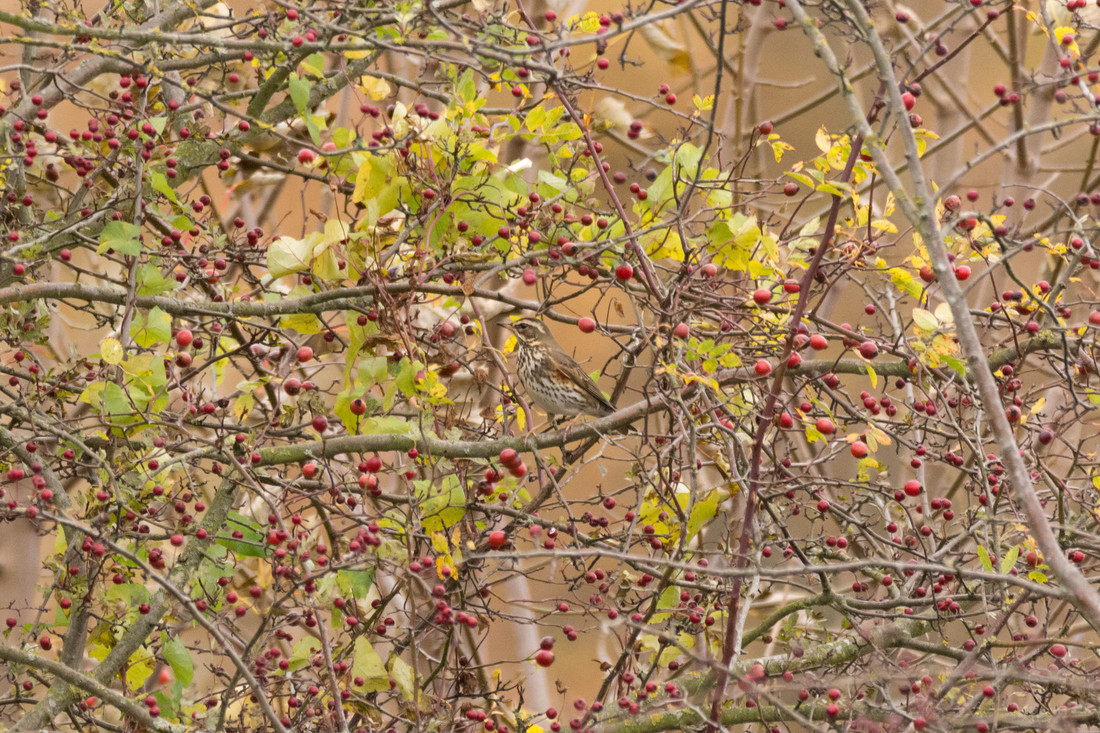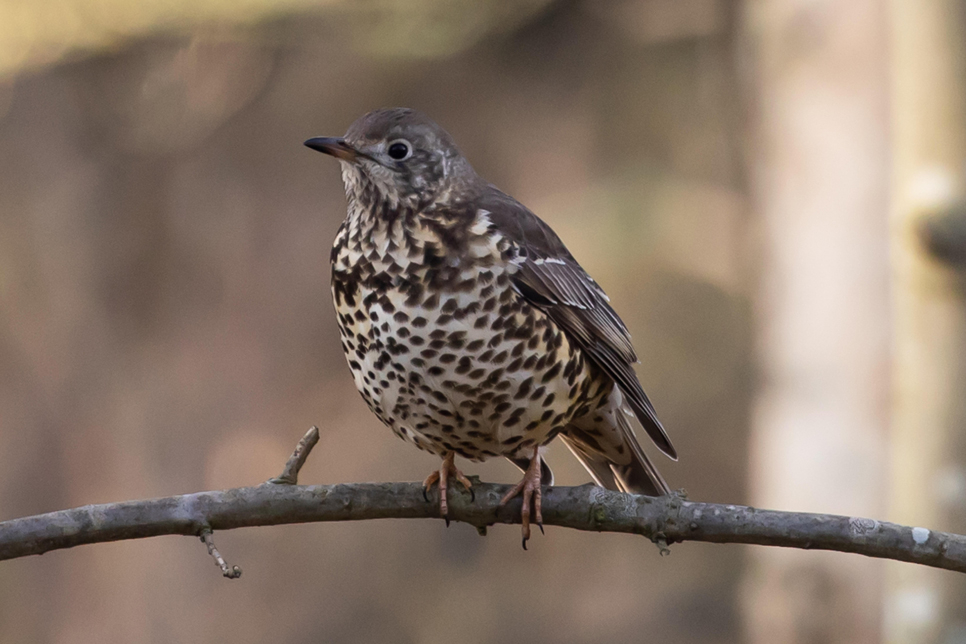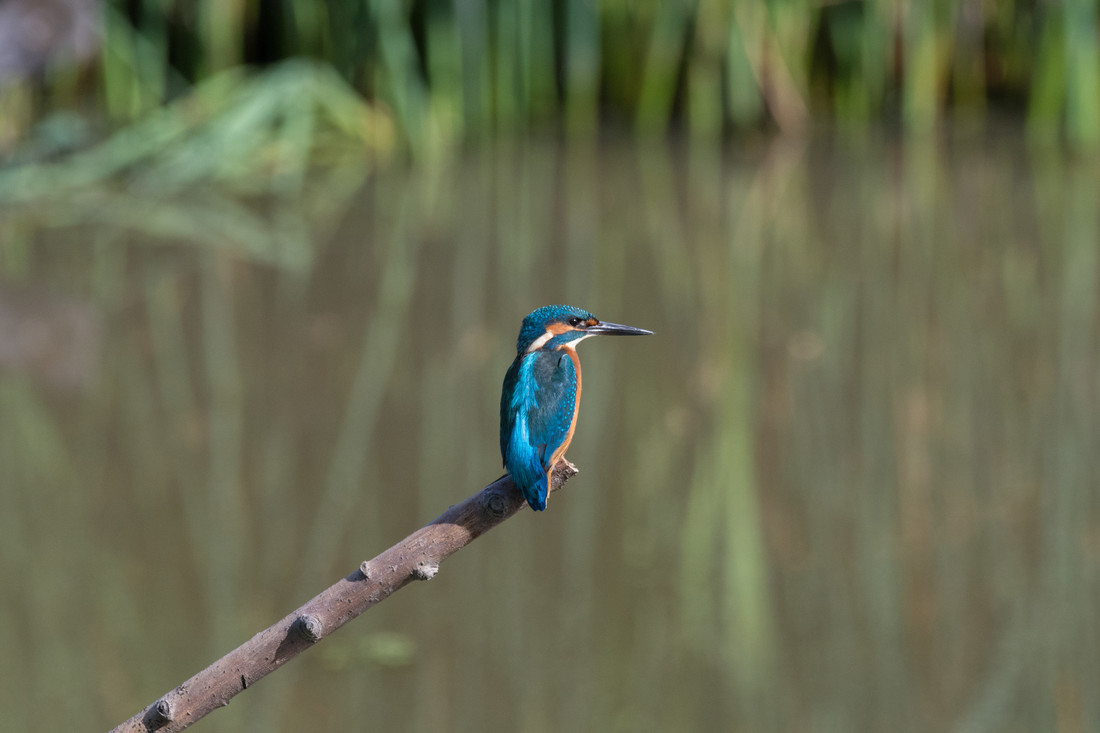Wildlife sightings for 23rd May 2013
Please note that the Peacock Tower is closed for essential repairs. We plan to re-open it as soon as possible and will update the sightings page when it has re-opened. If the scaffolding comes down tomorrow as planned it will re-open.
4 Little Grebe chicks still in middle reedbed channel
3 Redshank - scrape, including a pair mating
1 Red Kite - over to the NW 1540hrs
2 Sparrowhawk - wildside
1 Kestrel - sheltered lagoon
8 Common Tern - on main lake and reservoir lagoon rafts
3 Sedge Warbler - singing near Peacock Tower; marsh; main lake
3 Whitethroat - thames footpath hedge, resr lagoon scrub blocks
2 Chiffchaff - wildside, sheltered lagoon
Additional sighting from yesterday:
3 Pied Wagtails fledglings were seen on the main lake islands. These are from the nest that was behind the courtyard clock.
To allow the sand martins to establish their nests the nest bank is currently closed. It will reopen – probably towards the end of May – once the chicks are being fed. The birds can still be observed entering and leaving the bank from the the Wader Scrape Hide.
Recent bird highlights: Peregrine, Red Kite, Marsh Harrier, Buzzard, Shelduck, Wood Sandpiper, Common Sandpiper, Ringed Plover, Little Ringed Plover, Greenshank, Redshank, Oystercatcher, Yellow Wagtail, Wheatear, Black Redstart, Redstart, Spotted Flycatcher.
Other spring arrivals have included Wheatear, Chiffchaff, Willow Warbler, Blackcap, Sedge Warbler, Ring Ouzel, Swift, Swallow, House Martin and Sand Martin.
The marsh is good for watching Lapwing displaying over their breeding territory, as well as feeding Yellow Wagtail, Sand Martin and Wheatear. There are several broods of Lapwing chick on the marsh, main lake and scrape.
Numbers of hirundines are high, avidly feeding on increasing midge hatches on the lakes and scrape as the temperatures rise. Swift numbers are much higher now.
Black-headed Gulls and Common Terns are nesting on the rafts on the main lake and resr lagoon.
All reedbeds and reed fringes are full of singing Reed Warbler, Sedge Warbler and Reed Bunting.
Dragonflies: Hairy Dragonfly, Large Red Damselfly, Blue-tailed Damselfly.
Butterflies and other invertebrates: Brimstone, Comma, Peacock, Orange-tip, Holly Blue, Painted Lady, Large White, Red Admiral, Small White, Speckled Wood, Green-veined White, Alderfly, Dark Bush Cricket, Nursery web spider.
Reptiles: Several Common Lizards have been seen on log piles on the South Route, pond zone and also at the base of the Dulverton hide. Slow Worms are starting to appear below the survey tins. We had a record count of 7 adult Grass Snake on one survey on 27th April.
Flowering plants: Bulbous Buttercup, Wood Avens, Beaked Hawk’s Beard, Common Solomon’s Seal, Ox-eye Daisy, Tuberous Comfrey, White Water-lily, Common Mouse-ear, Cuckooflower, Petty Spurge, Sun Spurge, Thale Cress, Wall Speedwell, Wild Turnip, Daisy, Groundsel, Hairy Bitter-Cress, Lesser Celandine, Primrose, Sweet Violet, Sweet William, Wood Anemone, Cowslip, Marsh Marigold, Wild Daffodil, Red+White Dead Nettle, Annual Meadow-Grass, Butterbur, Colt’s Foot, Chickweed, Common Field Speedwell, Lungwort, Common Whitlowgrass, Cow Parsley, Dandelion, Fritillary, Forget-me-not, Hazel, Silver Birch, Blackthorn, Alder, Aspen, Cherry Plum, Crack Willow, Goat Willow, Grey Willow, Osier, Wild Cherry, Holly, Guelder Rose, Bird Cherry.
Water Voles: best place to see one would be one of the ponds near the Pond Zone building or ‘Down the Plughole’ exhibit. Also the ponds as you enter the wildside area from world wetlands – there’s plenty of feeding activity here.



